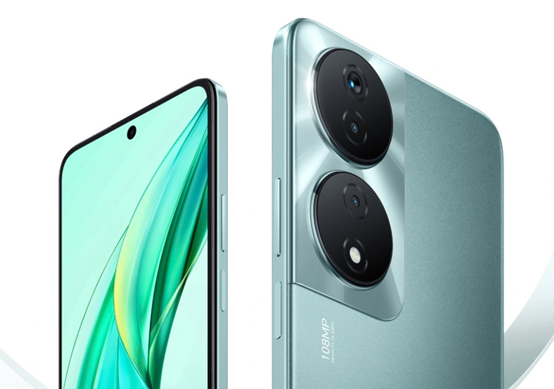Fast
charging is one of the most sought-after features in the ever-evolving
landscape of mobile technology. With the increasing reliance on smartphones for
daily tasks and the growing demand for efficiency, users are constantly seeking
ways to minimize charging times. Fast charging technology promises to do just
that, but a pertinent question arises: can all mobile phones be rapidly charged
with fast charging plugs?
Navigating the Complexities of Fast Charging
Technology
Understanding Fast Charging Technology
Fast
charging technology operates on the principle of delivering higher power to the
device, allowing it to charge at a much faster rate than conventional charging
methods. This is achieved through various techniques such as increasing the
voltage or current supplied to the device, optimizing charging algorithms, and
implementing advanced power management systems. While the specifics may vary
between different fast charging standards, the overarching goal remains
consistent: to reduce charging times significantly.

Compatibility Concerns
Despite
the allure of fast charging, compatibility remains a critical concern. Not all
mobile phones support fast charging, and even among those that do, there can be
discrepancies in terms of supported standards and maximum charging speeds. This
lack of universal compatibility stems from differences in hardware
capabilities, software optimizations, and adherence to specific fast charging
protocols. As a result, consumers need to carefully check compatibility when
purchasing charging accessories or upgrading their devices to ensure optimal
performance and efficiency.
Mitigating Compatibility Issues
To
address compatibility issues, industry stakeholders are working towards
standardization and interoperability. Organizations such as the USB
Implementers Forum (USB-IF) and the International Electrotechnical Commission
(IEC) are developing universal standards to ensure consistent performance and
compatibility across devices. Additionally, smartphone manufacturers are
increasingly adopting common fast charging protocols such as USB Power
Delivery, facilitating broader support and interoperability.
Consumer Education
Amidst
the myriad of fast charging options available, consumer education is paramount.
Users must familiarize themselves with their device's charging capabilities,
including supported standards and maximum charging speeds. Reading the
manufacturer's specifications and guidelines can help avoid potential
compatibility issues and ensure a safe charging experience. Furthermore,
exercising caution when using third-party accessories and chargers is
advisable, as these may not adhere to the same quality and safety standards as
genuine products.
Fast Charging Standards
Various
manufacturers have introduced their proprietary fast charging technologies,
each with its own set of specifications and requirements. Common examples
include Quick Charge, Power Delivery, and proprietary solutions developed by
individual smartphone makers. HONOR has equipped the HONOR X7b 5G with
the HONOR SuperCharge 35W fast charging plug and cable, eliminating concerns
about extended charging times.
The Future of Fast Charging
As
technology continues to advance, the future of fast charging holds promise for
further innovation and improvement. Efforts to standardize charging protocols
and enhance interoperability are expected to simplify the charging ecosystem
and offer consumers greater flexibility and peace of mind. Additionally,
ongoing research into alternative charging technologies such as wireless and
ultra-fast charging could usher in a new era of convenience and efficiency.
Conclusion
While
fast charging plugs offer the tantalizing prospect of reduced charging times,
their compatibility with all mobile phones remains uncertain. Compatibility
issues, safety concerns, and the proliferation of proprietary standards
underscore the need for caution and informed decision-making. By understanding
their device's charging capabilities and adhering to best practices, users can
maximize the benefits of fast charging while safeguarding their devices and
personal safety.
